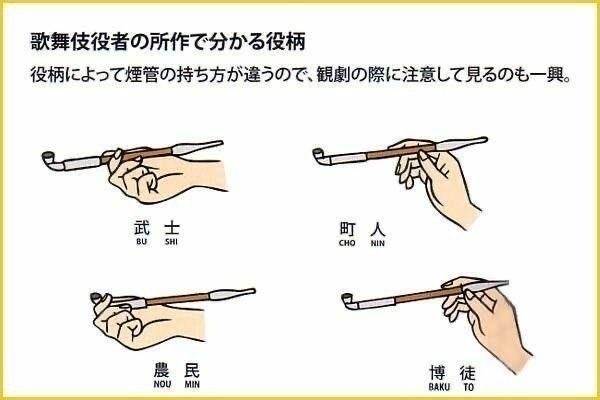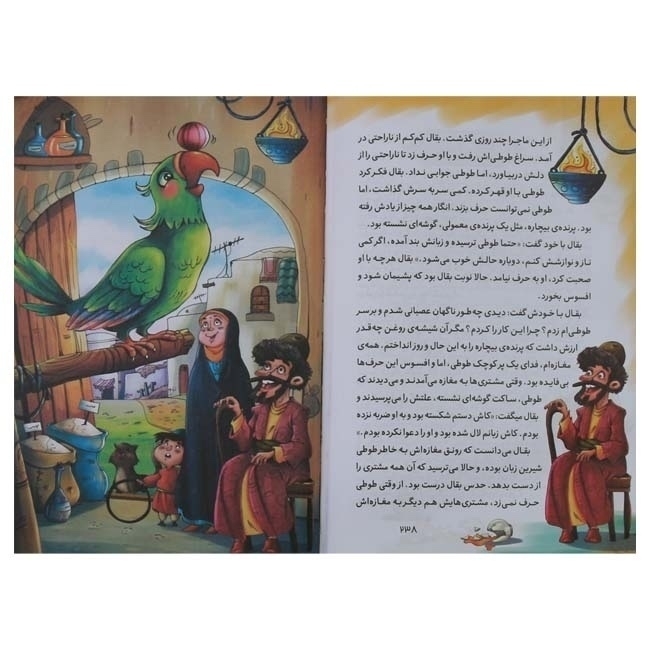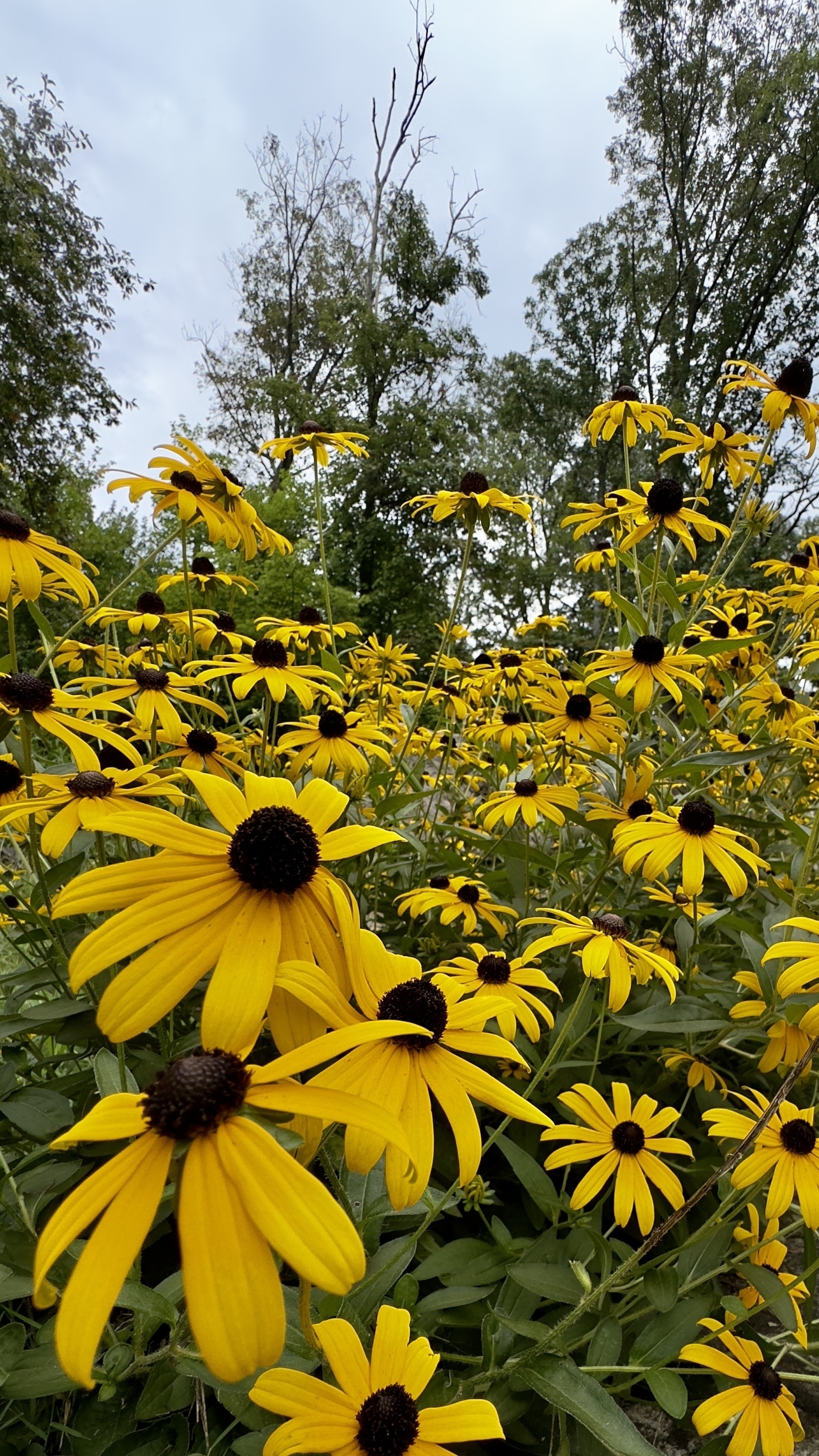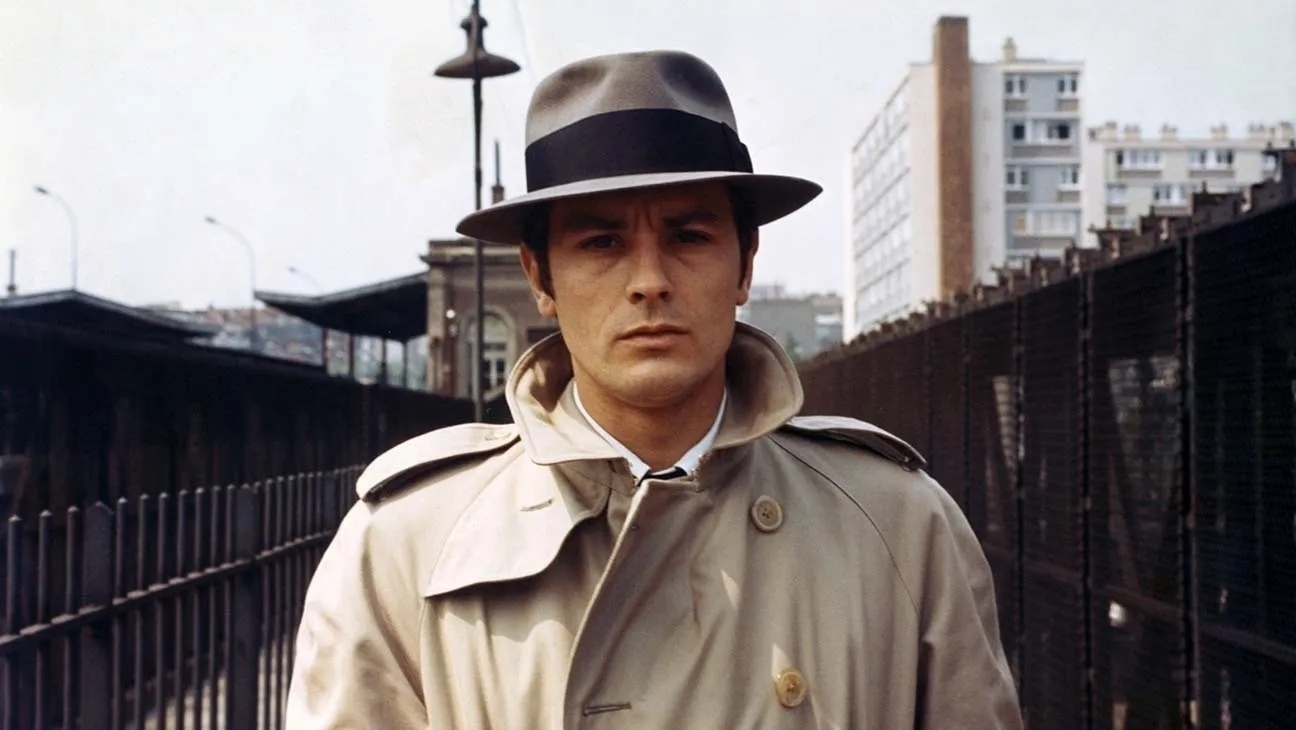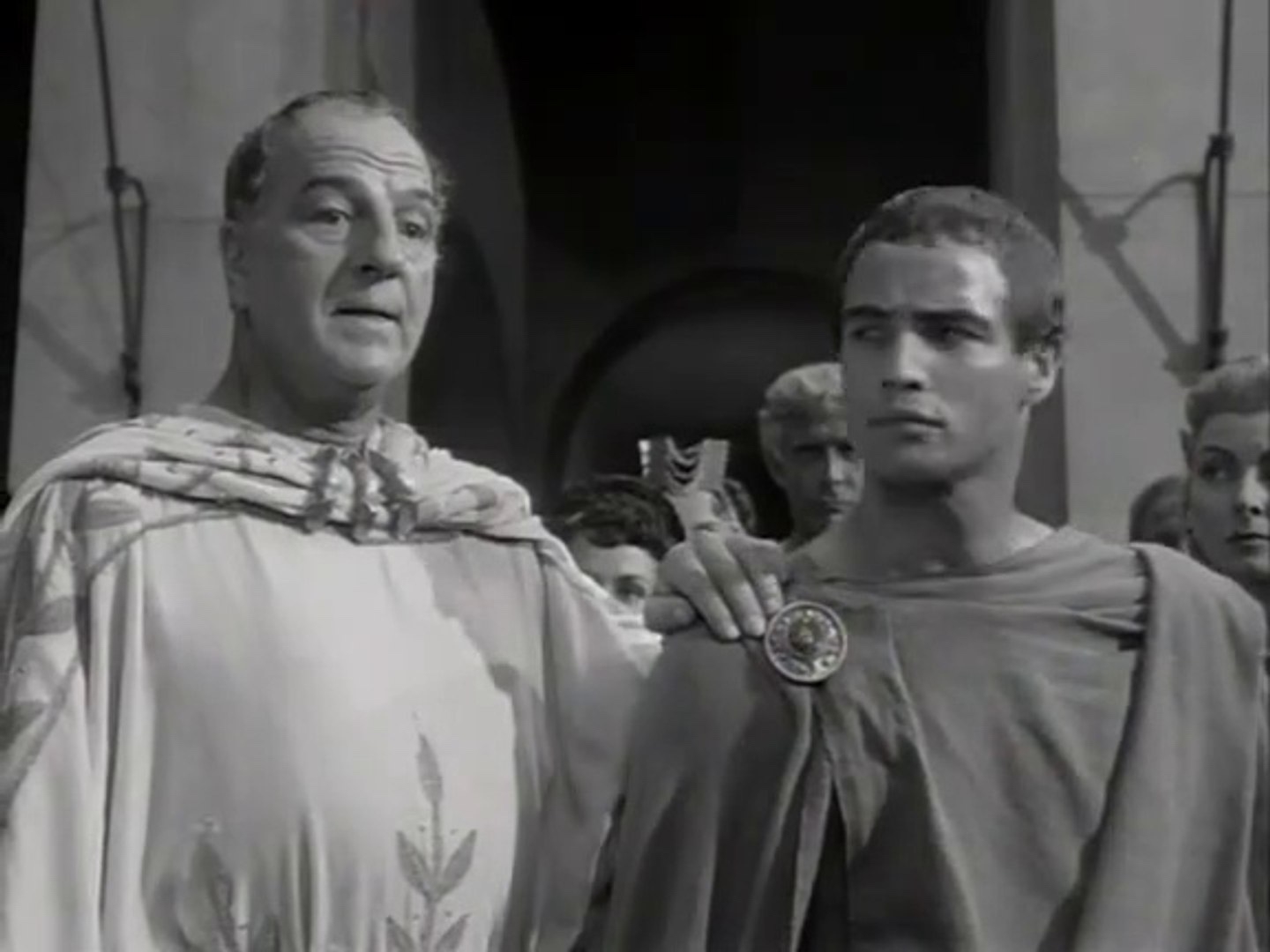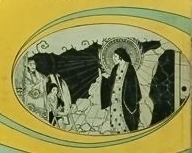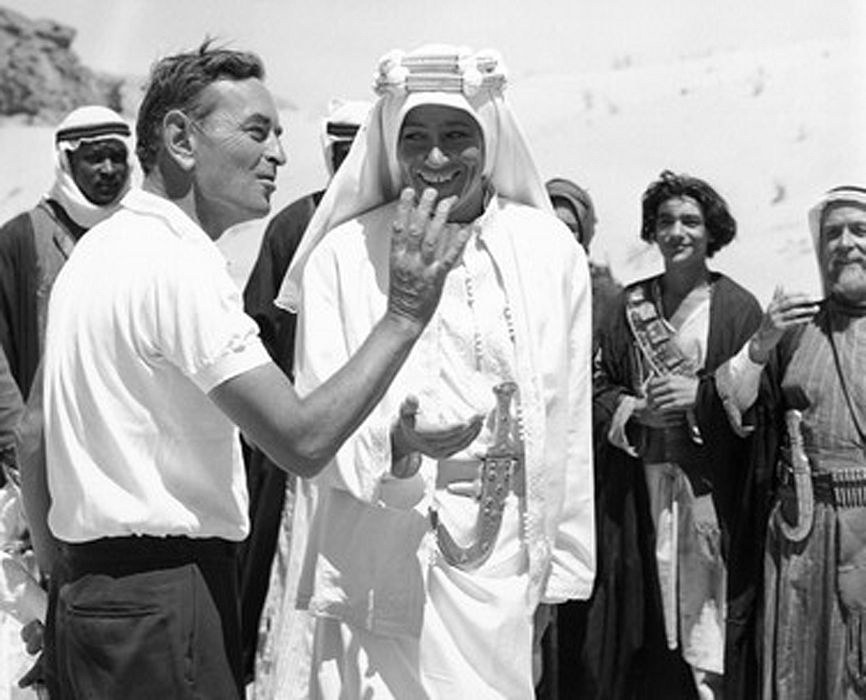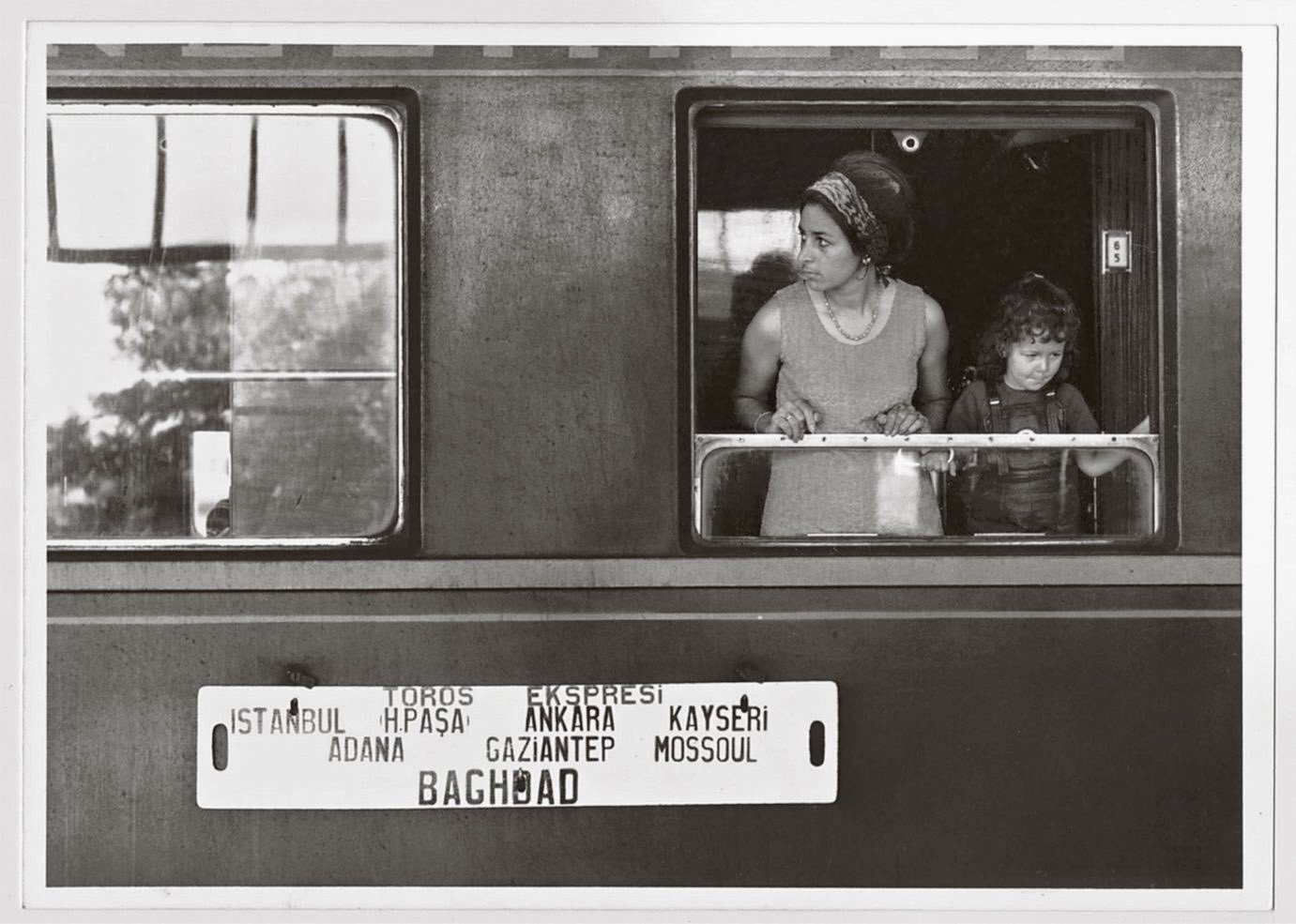This conversation between King Baldwin and Balian of Ibelin is a masterclass, especially for those who appreciate history. The King talks about the burden of responsibility. Even when men in positions of power are moved, one’s soul remains in his own keeping. And when you stand before God, you cannot say, “But I was told by others to do thus.” I was thinking about how many who committed atrocities throughout history, when brought to justice, claimed they were simply following orders.
In a different soundbite the King mentions that when he was 16, he won a great victory, and in that moment, he felt like he would live to be 100, but now he knows he shall not see 30. This immediately reminded me of Shah Ismail Safavi, and it’s on my mind to write about it..
